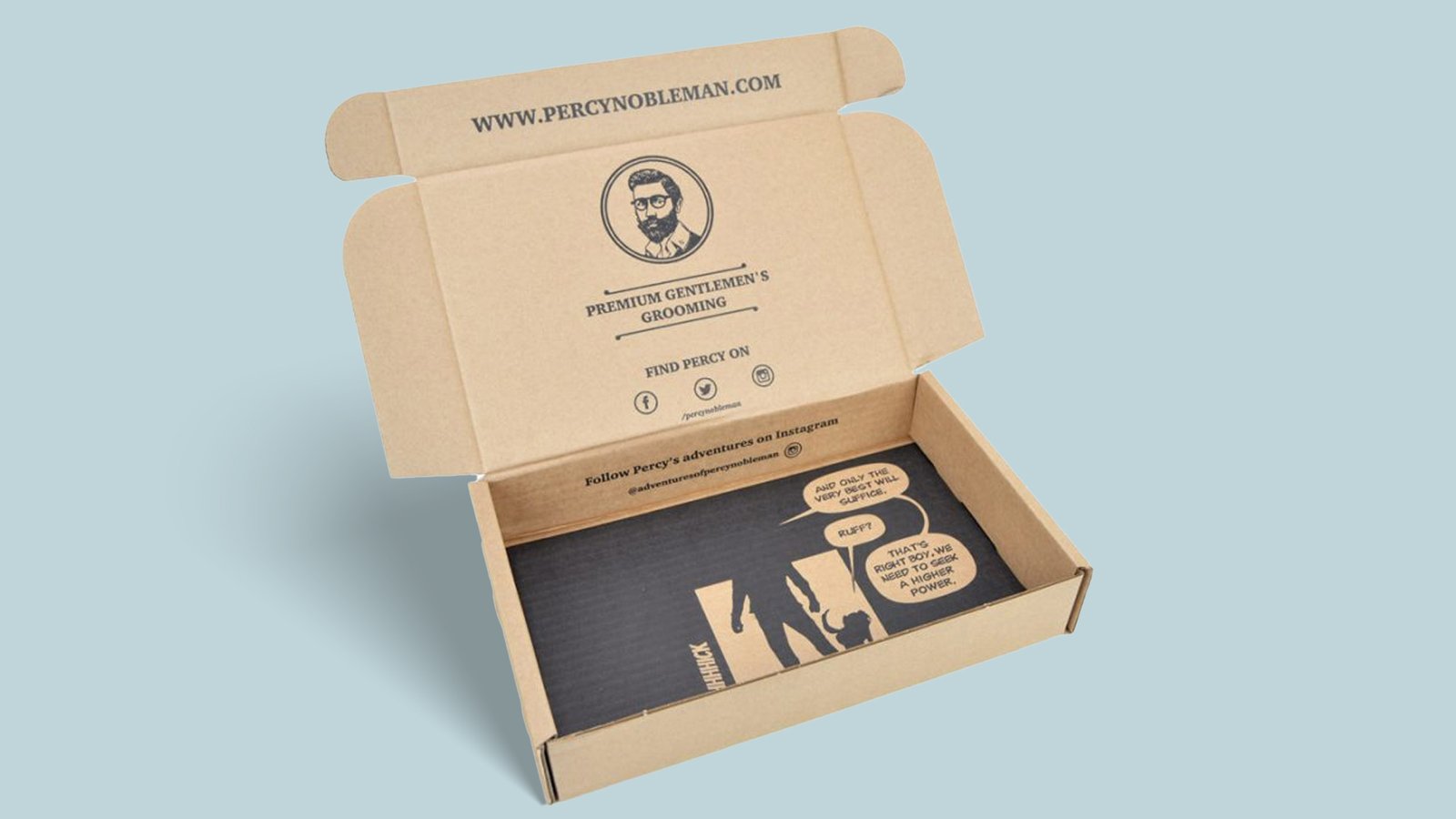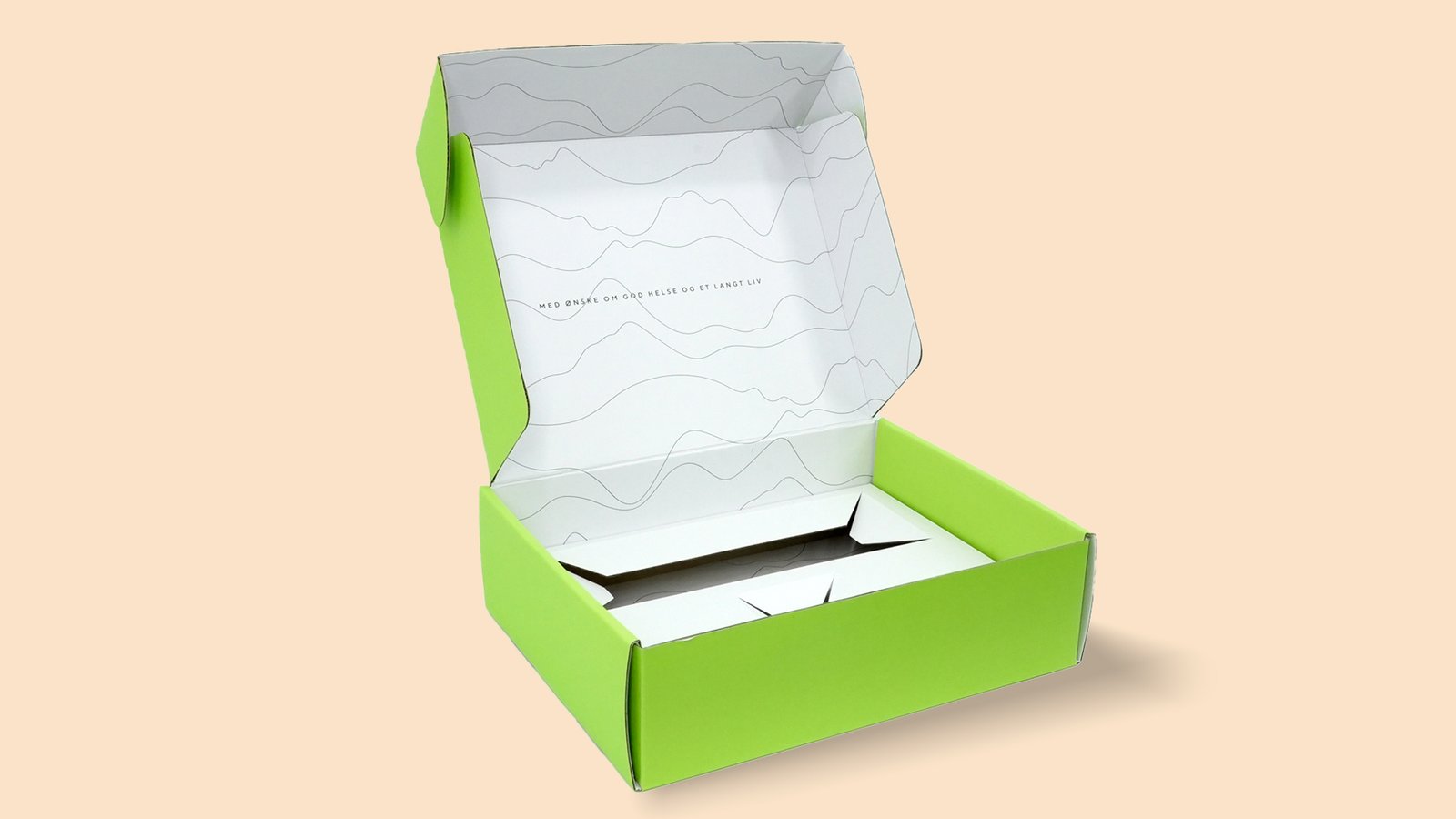Get Detailed Guidelines About How To
Design A Packaging Box
- How to design a packaging
- Packaging design tips
- Conclusion
- Understand packaging layers
- Select the proper packaging
- Align your printer
- Color options and printing technologies
- Building your information architecture
- Evaluate package design
- How will this packaging look
- How will this package look
- Consider the top-notch materials
- The item
- The budget
- Is your product clear
- Does your packaging accurately portray

What's product packaging? Product package design creates a product's exterior. Packaging communicates a story, like good design. This sensory encounter engages us through sight, touch, sound, smell, and taste. It all depends on the product/package. These details also explain what the product is for, how it should be used, who should use it, and most crucially if we should buy it. This is the ultimate guide on how to design a packaging box. It discusses how to make your package communicate your narrative.
How to design a packaging box?
Prior to packaging design, you should consider these three key questions. There are three questions you must answer before creating product packaging:
- What is the product?
- Who buys the product?
- How is the product purchased?
Packaging design tips
After gathering all this information, you should start designing the display packaging box. Remember, your packaging design should convey a story. Design decisions will help you tell that tale.
· Understand packaging layers
Product packaging has three layers: outer, interior, and product. The product may need one or all three.
The outside packaging is the first thing customers see. It shields your product from the weather. It can also be the shipping box or store bag.
Inner packaging keeps your products secure in exterior packaging. It can also be peanuts or tissue paper to prevent damage. It can also be a sealed bag that keeps food fresh. Most people conceive of product packaging as a toy box, bottle with a label, garment tag, and candy bar wrapper. Each layer of packaging lets you convey a story.
· Select the proper packaging.
There are several packaging options for your product. Sometimes, choosing between a box and a bottle is obvious. Yet sometimes it's not. Choose the proper packaging for your products by considering these factors:
The item
Selling something liquid limits your possibilities. (But don't let this limit your creativity!) Capri Sun revolutionized the juice-box industry with a juice sachet. Or Go-Gurt, which made yogurt a packet-sucking snack.
The budget
You may also have a great concept for selling astrology charms in a star-shaped box. If your budget is $0.50 per piece, that's unlikely. Always consider the ideal customer. A simple, affordable package is perfect if your charms retail for $12 each. If you're selling $100 hand-crafted gold keepsakes, you may want to spend more on a premium star-shaped box.
· Align your printer.
The design must be finished before printing. You should consider it much before that period. Connecting with a printer will determine printing prices and other information to help your designer prepare files. To create standard-sized boxes or labels, printers can give dieline templates that can be shared with designers.
· Color options and printing technologies
Some printers can match any Pantone color. Others (especially cheaper ones) have a limited color palette. Thus, you should know about different color options. Always go for the best option that can suit your budget and requirements. It is also important to know about the kinds of printing. For instance, there can be offset and screen printing. You can also go for lithography and flexography. Different printing technologies can also have variable costs and features.
· Building your information architecture
Remember those 3 questions, i.e., who buys your products and where? Use that to design your package's information architecture.
You may have stunning product photographs, a wonderful customer testimonial, a clever tagline describing your awesomeness, and a great graphic demonstrating to customers how to utilize your product. But shoppers will generally only remember one element about your package. How do you want that? Pick the most crucial product information you want customers to know. That should be your design's focal point.
· Evaluate package design
You have fantastic design ideas. The following are some things to consider if you don’t know how to design a packaging Dispenser boxes:
Is your product clear?
Does the package clearly state the product's purpose and target audience? Buyers only buy what they understand. It is essential to ensure packaging is unique. You should not imitate (unless deliberate). You shouldn't confuse your customer.
Does your packaging accurately portray your product?
Misrepresenting your products in packaging is a big mistake. Make sure packaging photographs are product photos. You should also put your best foot forward, but if you present a photo of muffins with raisins and there's only one raisin in each, a consumer will also feel tricked and probably won't buy from you again.
· How will this packaging look in 3D?
A professional designer should create a flat and 3D print-ready mock-up. You can also make mock-ups by printing things on white paper and making a box or tube. It will help you notice things not otherwise. Flat images can seem fantastic but horrible when assembled. Be aware of the difference.
· How will this package look in stores?
Products offered in stores must have a shelf effect. You should consider:
How much packing is visible? Products lined up together usually show one face. Make your most crucial information stand out. What would these products look like piled together? How will it compare against the competition? Go to one or more places where your products will be sold and place it. You should also know how you will draw attention to your products.
· Consider the top-notch materials.
The materials used to make product boxes are diverse. Do you not understand the criteria for selecting the ideal material for your boxes? You must comprehend the significance of the material before choosing it for your boxes. It is also important to be aware of the necessity for extra caution while choosing materials. The strength and protectiveness of your boxes will depend on the material used in their manufacture. As a result, you must also select the stronger and more spectacular material. In addition, plastic materials are not a good choice because they harm the environment. Hence, you must always go for eco-friendly boxes materials.
Conclusion
Designing a box is not an easy task. You have to be very careful while going to design a box. We have explained how to design a packaging box. You can follow these guidelines to create better packaging solutions. It is also important to ensure that your product packaging is stunning and protective. It needs to be eye-catching so that it can grasp the attention of as many customers as possible.




